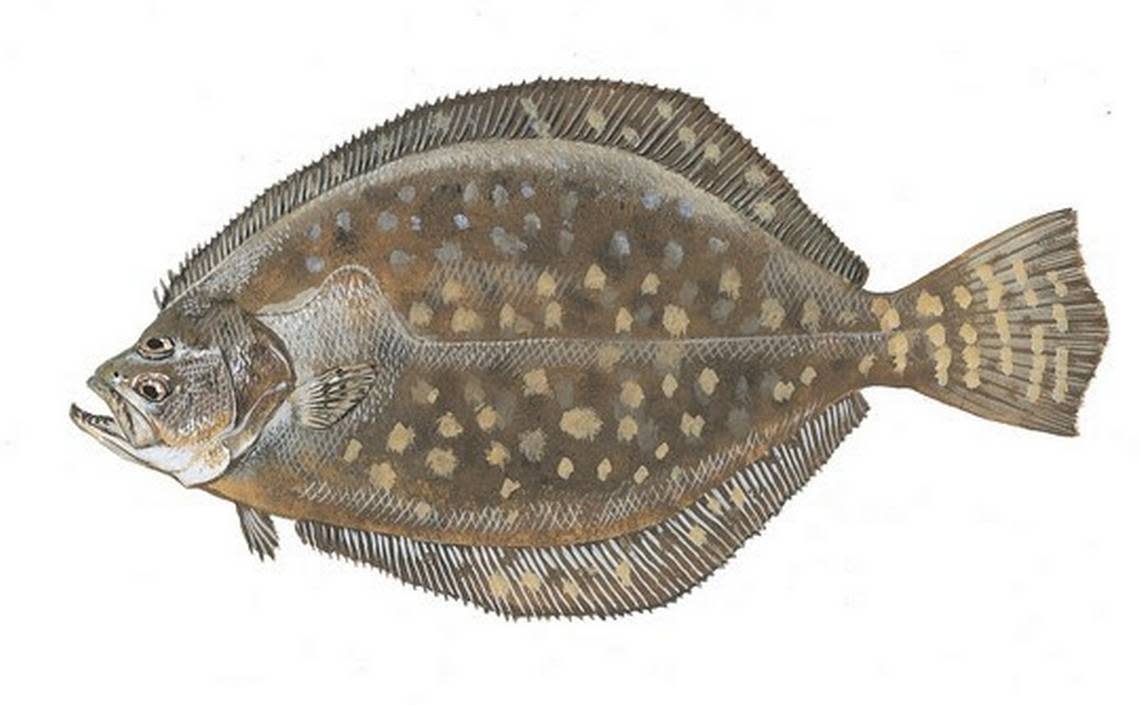
South Carolina legislators have signed a legislative package earlier in the month that will increase fishing license fees as well as attempt to rebuild the state's flounder population.According to the South Carolina Department of Natural Resources (SCDNR), saltwater anglers will see their license fees for saltwater fishing go up from $10 to $15 beginning July 1. After Gov. Henry McMaster signed legislation to reduce overfishing in the local flounder population. According to the press release, the money will be used to rebuild population efforts.NEW FLOUNDER REGULATIONS - Starting July 1, anglers from SC can harvest five southern flounder per day (10 per boat) with a maximum size limit of 16 inches. pic.twitter.com/Lc6BXEzcrR S.C. Dept. Natural Resources (@SCDNR), June 22, 2021In 2019, researchers from South Carolina, Georgia, North Carolina, North Carolina, and Florida conducted a study that showed the Southeast flounder population is in decline. This trend has been going on for many years. SCDNR did their own research and discovered that the average size of the fish was declining as well.According to Dr. Joey Ballenger (associate scientist at SCDNR), our results show that the average flounder size has decreased over the past 10 years. This is usually a sign that there is heavy fishing pressure as people remove fish once they reach the minimum size. There are very few larger fish left in the population.The legislation sets a minimum size limit at 16 inches, a maximum catch limit of five fish per person, and 10 fish per boat per day. This is in an effort to improve these numbers. Anglers were allowed to keep 15-inch flounder. Prior to the change, the maximum catch was 10 fish per person and 20 per boat per day.The new management measures will stop flounder over-harvesting and allow the fishery to start to rebuild, Phil Maier (who oversees the agency's Marine Resources Division) said in a press statement. We are grateful to the angling community and the leaders who helped to create this solution. We are looking forward to this fish becoming a more popular catch on the South Carolina coast.
